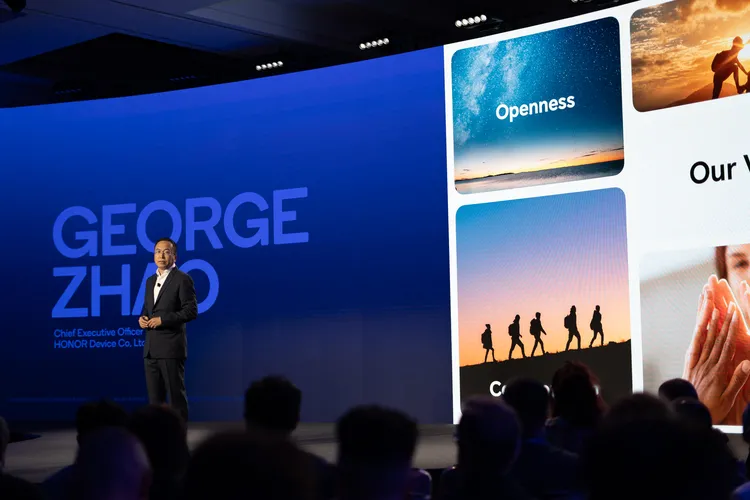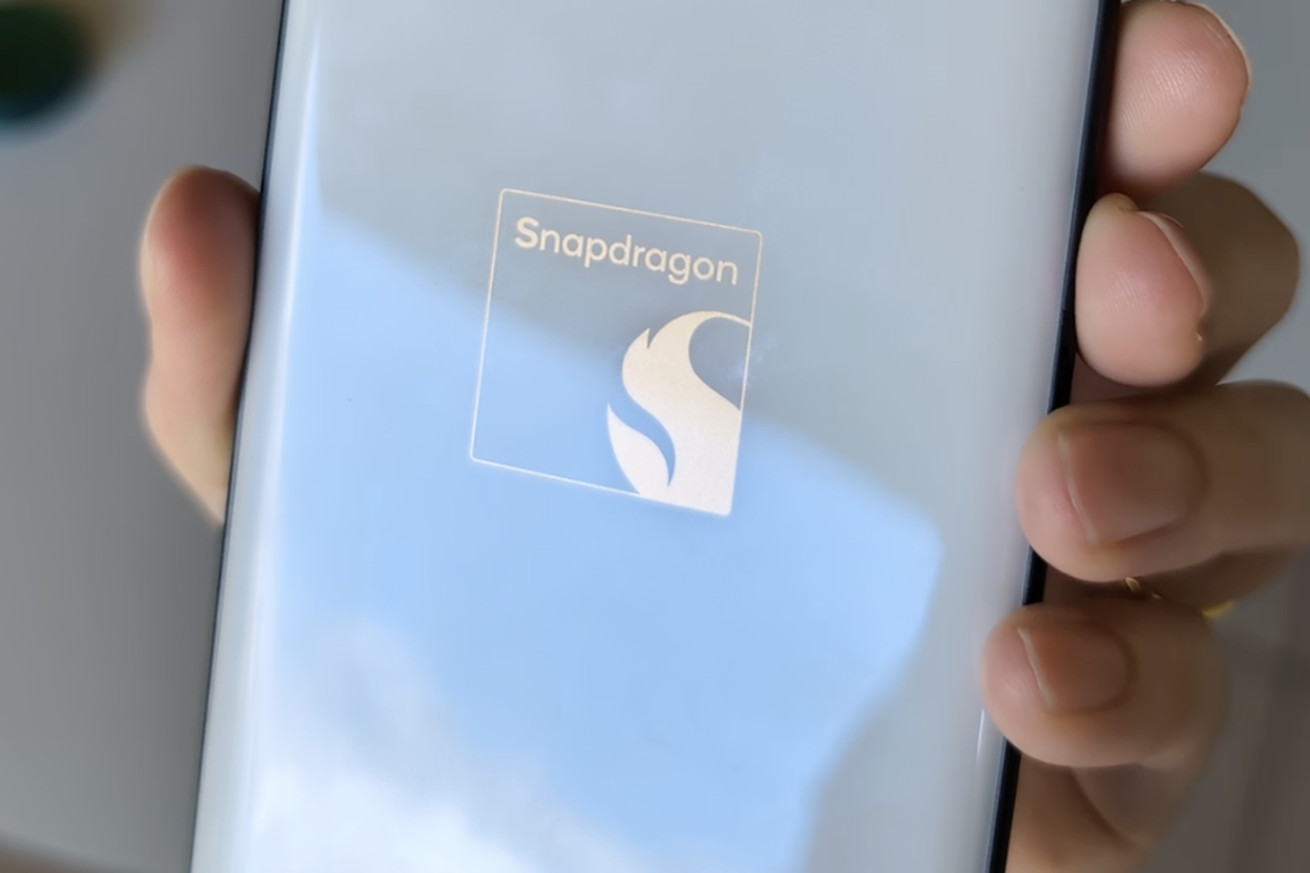Qualcomm’s annual tech summit in Maui: A recap
Key points:
- Qualcomm held its annual tech summit in Maui
- The summit focused on AI and its future in various industries
- There was a mix of optimism and confusion about the future
Overview
Qualcomm, a leading chipset manufacturer, recently hosted its annual tech summit in Maui. The summit revolved around the topic of artificial intelligence (AI) and its future implications in various industries. Attendees left the event with a mix of optimism and confusion about what lies ahead.
AI’s impact on industries
One of the main discussions at the summit revolved around the impact of AI on various industries. From healthcare to automotive, AI has the potential to transform the way we live and work. Qualcomm showcased various use cases where AI was being implemented and highlighted the benefits it can bring.
Healthcare and Automotive
In the healthcare industry, AI has the potential to improve diagnosis and treatment procedures. Qualcomm discussed how their AI-powered chips can help in the analysis of medical images and enable quicker and more accurate diagnoses. This advancement can potentially save lives and improve patient outcomes. AI is also set to revo and lutionize the automotive industry.
Impressive, until it isn’t – Qualcomm’s Annual Tech Summit
AI might possibly turn out to be a complete disaster. Misuse has the ability to tear up the foundation of our civilization. Misinformation and deepfakes are the actual deal. However, the AI that we will most likely come across seems irksome. In one of the demos, a man is discussing his wireless plan upgrade possibilities with an AI chatbot for customer support; it’s a perfectly amicable discussion but also sounds like a nightmare come true. It’s highly likely that AI chatbots will soon appear in various locations where humans are used to conversing with one other, even while the obstacles to just “TALK TO A REPRESENTATIVE” continue to rise.
This most recent Coming of AI may seem utterly unimpressive to someone who isn’t engrossed in the swirling hot tub that is the consumer tech news cycle. AI is not new; it has been around for a while. What about ChatGPT, our assistants, and the AI in our phone cameras? It’s important to understand that, as Qualcomm has made clear over the course of a week, things vary when the AI models operate on your device rather than in the cloud.
You would never use Google again if you had to wait 15 or 20 seconds for confirmation each time you wanted to create a timer.
This round of AI updates has two keywords: “generative” and “on-device.” Already, your phone has been using machine learning-trained software to identify the portion of your photo that is the sky and adjust its blueness. A stormy sky instead of a blue one is created using this version of AI, which runs the machine learning models directly on your phone.
Similar to ChatGPT, which popularized generative AI, these large models are run in the cloud. Your device can process requests much more quickly when running smaller, condensed models locally, and speed is very important. You wouldn’t use Google again if you had to wait 15 or 20 seconds for a response each time you wanted to set a timer. Eliminating the need to travel to the cloud allows you to ask AI to perform tasks that frequently require multiple follow-up requests, such as repeatedly producing image options from text. Since nothing leaves your phone, it’s also private. Uploading your image to the cloud is a prerequisite for using a program such as Google’s Magic Editor.
The time for generative AI as a tool has definitely come, but while I’m in the tropics, I’m trying to figure out what a tool on your phone looks like. Durga Malladi, senior vice president of technology planning at Qualcomm, makes the most convincing and upbeat case for artificial intelligence on our phones. One reason is that it may be more intimate. On-device AI can take into account my preferences and abilities when I request suggestions for activities for a week in Maui and combine that information with data retrieved from the cloud.

However, as my travels have repeatedly reminded me, Qualcomm is a straight solutions provider—that is, they merely produce the infrastructure that other people build upon. This company is not ultimately in charge of how AI appears on our phones, so later this week I had a meeting with George Zhao, CEO of Honor, to hear his thoughts. In his opinion, cloud-based language models and on-device AI should collaborate closely. Each of them has technical drawbacks. For example, Chat GPT models are large and have been trained on a variety of data sets. On the other hand, the smaller AI models that fit on your phone only need to be experts in one area; they don’t need to be experts in all of humanity.
Zhao said, “You don’t need to give a cloud server access to every video in your library.” He gave an example of this earlier in the day, saying that an on-device AI assistant with access to your camera roll can help sort through videos of your child and choose the right ones for a highlight reel. The cloud then intervenes to put together the finished video. He also restates the benefits of on-device AI in terms of privacy, saying that rather than swarming through our personal information like wild animals, it will be a useful tool. He states, “Your personal AI should work with you to help you manage the AI world—the future.”
It’s a beautiful vision, and I believe that artificial intelligence will actually exist in the near future somewhere in between “dumpster fire” and “a new golden age of computing.” Perhaps a small amount of each will apply, but for the most part, it will fall somewhere in the middle. While some of it will be truly revolutionary, some of it will be put to terrible uses. However, the majority of the time will be spent yelling at chatbots to get your medication filled, schedule a flight, or ask your assistant to arrange a get-together with friends by coordinating with their AI assistants.
I find it interesting that my favorite memories from my trip to Maui weren’t from the keynote speeches or tech demonstrations. They were in the human encounters that occurred in the twilight of my day, many of them unanticipated. Joseph, my Uber driver, and I were discussing the unrelenting storms that hit the Oregon coast. The insider humor and jokes I shared with other technology journalists. The complete joy and astonishment experienced by the swimmers as a massive marine turtle glided by, barely visible beneath the waves. (An actual event that took place!) The greetings of alohas and mahalos while I order my coffee and pay for my groceries.
Another Uber driver named Sandra keeps printed lists of suggested eateries and things to do in her vehicle. One says to “Tell them Sandy sent you,” and another instructs you to look under the passenger seat for a notebook containing additional ideas. Saying “Sandy sent me” instead of “My AI personal assistant sent me” would be my preference when entering a restaurant.
Though I don’t think AI will completely replace our beloved human connections, I do believe that there will be less of these random meetings in a future where each of us has access to a highly customized tool for selecting and filtering our experiences. Qualcomm has the ability to create a positive and inclusive vision for AI, but that is the responsibility of a tech company that hosts an annual pep rally in the tropics to promote its newest chips. The companies that produce the software that runs on those chips will determine what happens next, which is probably going to be messy and sometimes ugly.




